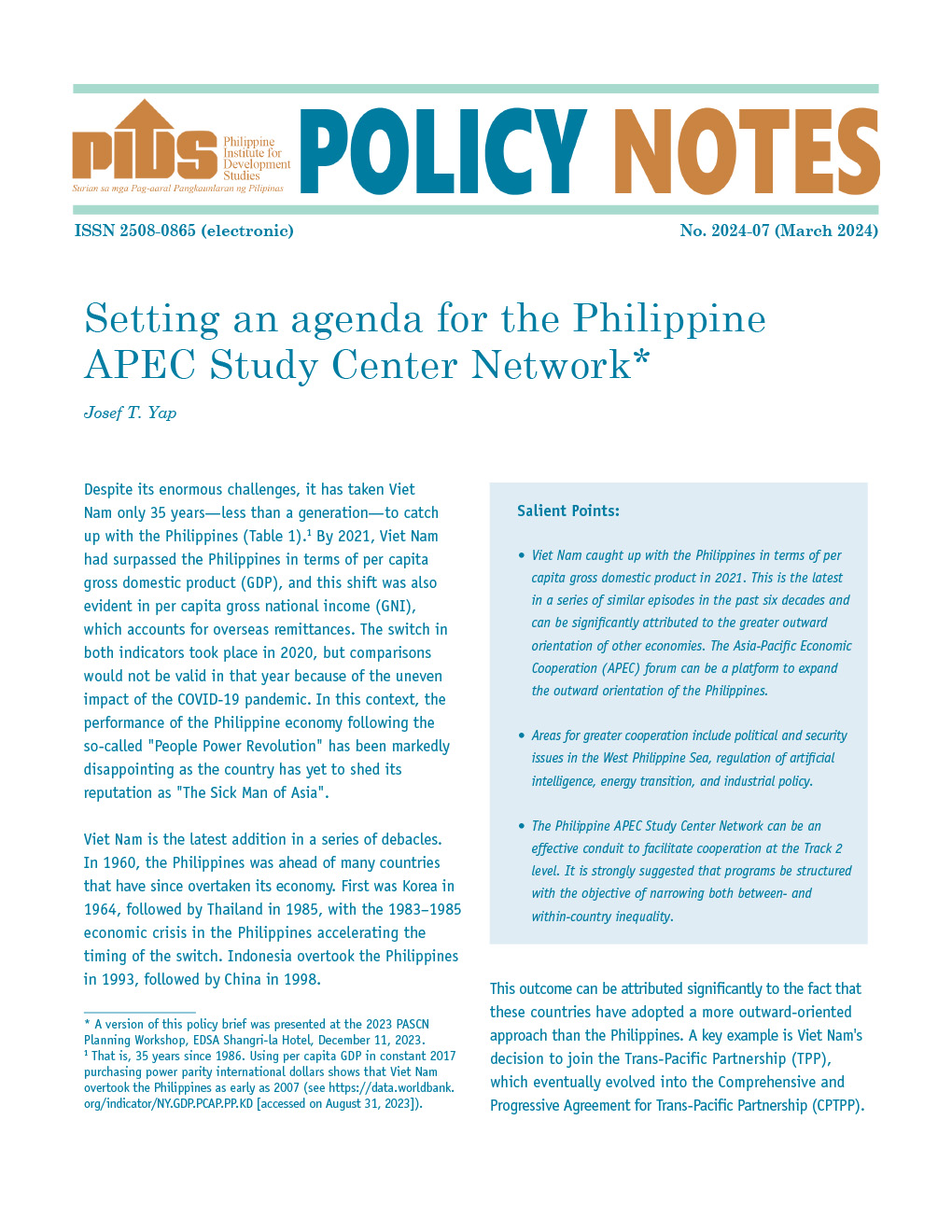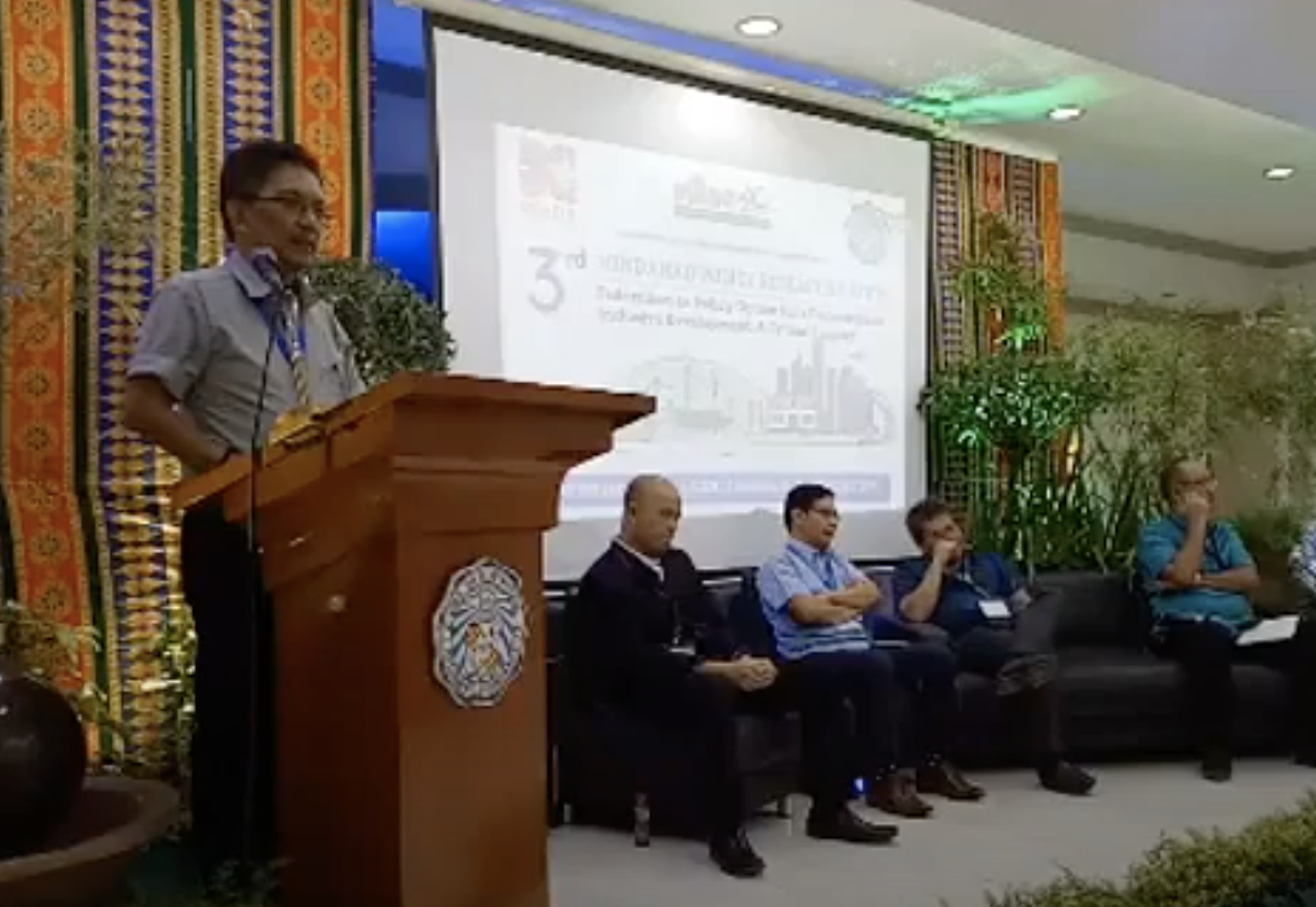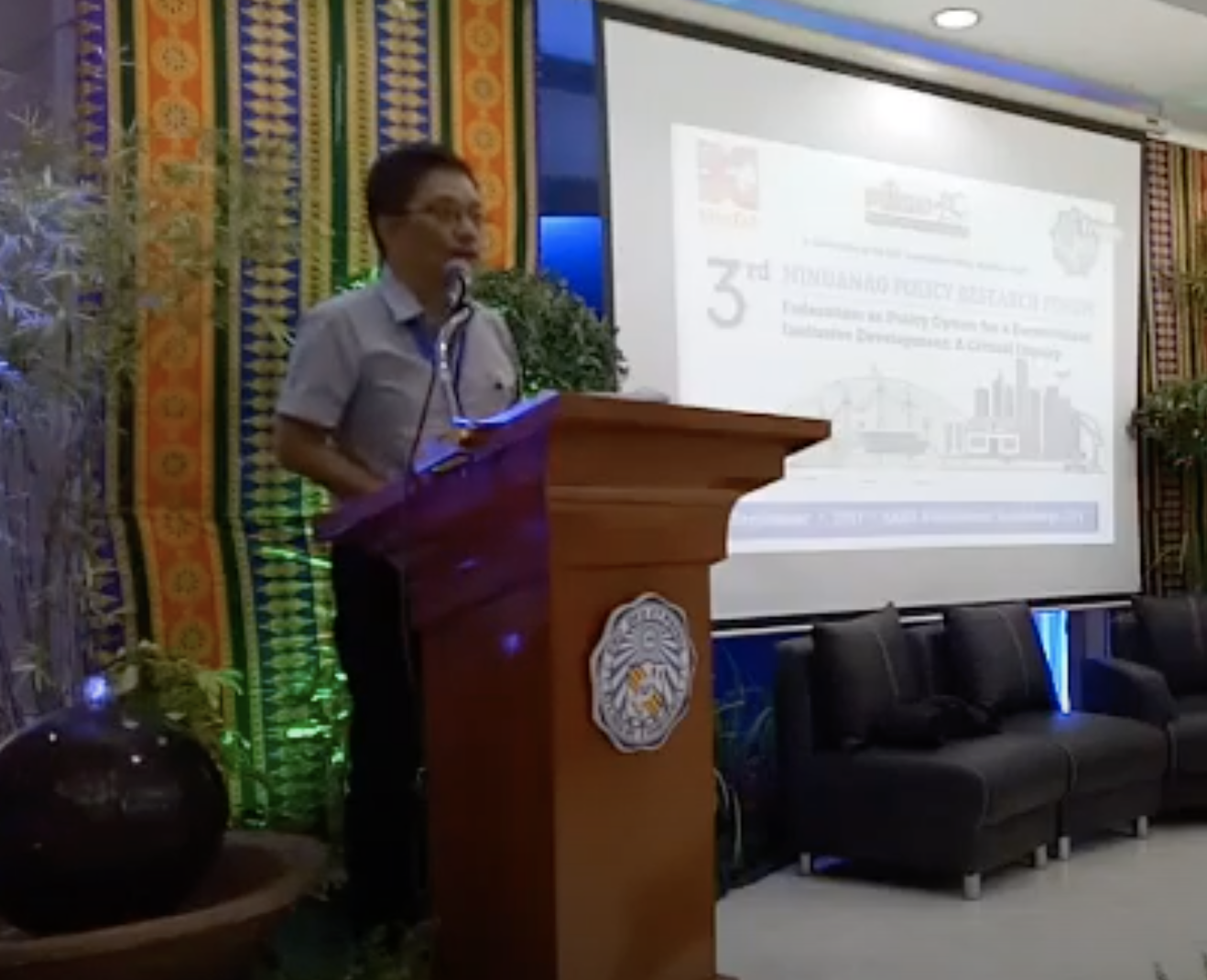FARMERS suffered P40 billion in losses while consumers barely gained any benefits in the first year of the Rice Tariffication (RTL), according to a study of a farmers’ group.
The Federation of Free Farmers (FFF), citing the implementation of the RTL in March 2019, said the P40 billion lost with the fall in palay prices is a large figure.
According to the group, proponents had predicted that RTL would significantly lower rice prices, tame inflation and moderate malnutrition and poverty.
“While acknowledging that farmers would initially get hurt, they promised substantial benefits to consumers. Results from RTL’s first year of implementation, however, were almost the opposite of original forecasts,” the group said.
If palay prices in RTL’s first year were compared to prices in the preceding 12 month-period (March 2018 to February 2019), the group said farmers’ losses reached P80 billion due to depressed farm gate prices.
The average annual incomes of farmers declined by 21 percent or by P17.355 per hectare per cropping season, it added.
“Notably, it approximates the P38.4 billion in losses estimated by Neda’s [National Economic and Development Authority] Philippine Institute of Development Studies when using a similar reference period,” the group said.
“Clearly, farmers were worse off in the first year of RTL. On average, palay prices under RTL were P4.28 per kilo below those in the preceding 12-month period (March 2018 to February 2019),” it said.
Even against the more “normal” period from March 2017 to February 2018, farmgate prices were still lower by P2.60 per kilo, the group noted.
For consumers, retail prices in RTL’s initial year fell by a weighted average of P3.62 per kilo. “Consumers saved some P38.6 billion. However this paled in comparison to the P80 billion that farmers lost. It was also equivalent to a measly saving of P1 per day for every Filipino consumer,” it added
Drop in palay price
The study also traced the farmers’ losses to the drastic drop in palay prices as imports surged after RTL became law .
The group said 2 million tons of imported rice arrived in the first seven months of RTL, raising national stocks to 42 percent over historical levels by September 2019.
The FFF said the glut coincided with the main harvest in October and November, forcing traders to either suspend operations or buy palay from farmers at deeply discounted prices.
It said palay prices nosedived from an average of P22.04 per kilo in September 2018 to P14.40 by October 2019.
On the other hand, the farmers’ group said retail prices did go down from their high levels during the crisis period in 2019, but they hardly moved from their levels in 2017 to 2018.
It said average well-milled rice (WMR) prices were higher by only P0.03 per kilo regular-milled rice (RMR) prices, lower by P0.05–a far cry from past assurances that prices would drop by P7 to P10 and that some imported rice would even sell below the NFA-subsidized price of P27.
Interestingly, the group said most of the decline in retail prices from the September 2018 peak actually happened before RTL took effect in March 2019.
Overstated forecasts?
The study said the promised drop in prices did not materialize because RTL proponents overstated their forecasts by basing them on export prices of surplus rice which are usually low compared to normal domestic market rates.
The group said while cheap NFA rice disappeared from retail markets after RTL curbed the agency’s functions, importers brought in mostly higher-quality rice that sold at a higher price and gave better profit margins.
“Up to 85 percent of total rice imports were of the 5-percent brokens grade instead of the cheaper 25-percent brokens that NFA previously imported for distribution to poor consumers,” it added.
The study noted that although wholesale prices did decline due to imports, traders captured most of the gains for themselves, resulting in a windfall profit of P43.3 billion if prices during RTLs first year were compared to prices during the non-crisis period from March 2017 to February 2018.
Winners
The FFF said importers in turn reaped gross profits of up to P142 billion, resulting in a combined win of P57.5 billion in RTL’s first year.
It said importers also saved nearly P2.5 billion in tariffs by not declaring the true value of their imports to the Bureau of Customs.
“The clear winners from RTL were the importers, wholesalers, and retailers. The gap between wholesale and retail prices ballooned in the first year of RTL and traders kept most of the gains from cheaper imports for themselves and earned P43.3 billion in windfall profits,” it said.
“Aside from undervaluing their imports and depriving the government of up to P2.5 billion in tariff revenues, importers earned gross profits of P14.2 billion, bringing combined gains to P57.5 billion,” it added.
The group said its study concluded that RTL is not working well.
“Clearly, RTL has not worked as well as it was desired or predicted. Changes have to be made in the law itself and its implementation. Farmers must be assisted more effectively and protected from severe drops in farmgate prices,” it said.
“Government should be more forceful in preventing the undervaluation of imports and profiteering by traders so that consumers actually benefit. A more strategic and nuanced approach to liberalization is needed to ensure the longer term food security of the country,” it added.
The RTL removed quantitative restrictions (OR) on rice imports and allowed private traders to import unlimited volumes at any time. The law actually exceeded Philippine commitments to the World Trade Organization (WTO) by removing almost all regulatory and trading functions of the National Food Authority (NFA) and limiting it to buffer stocking. The original intent to simply remove became a full-scale rice trade liberalization and deregulation program instead.
The Federation of Free Farmers (FFF), citing the implementation of the RTL in March 2019, said the P40 billion lost with the fall in palay prices is a large figure.
According to the group, proponents had predicted that RTL would significantly lower rice prices, tame inflation and moderate malnutrition and poverty.
“While acknowledging that farmers would initially get hurt, they promised substantial benefits to consumers. Results from RTL’s first year of implementation, however, were almost the opposite of original forecasts,” the group said.
If palay prices in RTL’s first year were compared to prices in the preceding 12 month-period (March 2018 to February 2019), the group said farmers’ losses reached P80 billion due to depressed farm gate prices.
The average annual incomes of farmers declined by 21 percent or by P17.355 per hectare per cropping season, it added.
“Notably, it approximates the P38.4 billion in losses estimated by Neda’s [National Economic and Development Authority] Philippine Institute of Development Studies when using a similar reference period,” the group said.
“Clearly, farmers were worse off in the first year of RTL. On average, palay prices under RTL were P4.28 per kilo below those in the preceding 12-month period (March 2018 to February 2019),” it said.
Even against the more “normal” period from March 2017 to February 2018, farmgate prices were still lower by P2.60 per kilo, the group noted.
For consumers, retail prices in RTL’s initial year fell by a weighted average of P3.62 per kilo. “Consumers saved some P38.6 billion. However this paled in comparison to the P80 billion that farmers lost. It was also equivalent to a measly saving of P1 per day for every Filipino consumer,” it added
Drop in palay price
The study also traced the farmers’ losses to the drastic drop in palay prices as imports surged after RTL became law .
The group said 2 million tons of imported rice arrived in the first seven months of RTL, raising national stocks to 42 percent over historical levels by September 2019.
The FFF said the glut coincided with the main harvest in October and November, forcing traders to either suspend operations or buy palay from farmers at deeply discounted prices.
It said palay prices nosedived from an average of P22.04 per kilo in September 2018 to P14.40 by October 2019.
On the other hand, the farmers’ group said retail prices did go down from their high levels during the crisis period in 2019, but they hardly moved from their levels in 2017 to 2018.
It said average well-milled rice (WMR) prices were higher by only P0.03 per kilo regular-milled rice (RMR) prices, lower by P0.05–a far cry from past assurances that prices would drop by P7 to P10 and that some imported rice would even sell below the NFA-subsidized price of P27.
Interestingly, the group said most of the decline in retail prices from the September 2018 peak actually happened before RTL took effect in March 2019.
Overstated forecasts?
The study said the promised drop in prices did not materialize because RTL proponents overstated their forecasts by basing them on export prices of surplus rice which are usually low compared to normal domestic market rates.
The group said while cheap NFA rice disappeared from retail markets after RTL curbed the agency’s functions, importers brought in mostly higher-quality rice that sold at a higher price and gave better profit margins.
“Up to 85 percent of total rice imports were of the 5-percent brokens grade instead of the cheaper 25-percent brokens that NFA previously imported for distribution to poor consumers,” it added.
The study noted that although wholesale prices did decline due to imports, traders captured most of the gains for themselves, resulting in a windfall profit of P43.3 billion if prices during RTLs first year were compared to prices during the non-crisis period from March 2017 to February 2018.
Winners
The FFF said importers in turn reaped gross profits of up to P142 billion, resulting in a combined win of P57.5 billion in RTL’s first year.
It said importers also saved nearly P2.5 billion in tariffs by not declaring the true value of their imports to the Bureau of Customs.
“The clear winners from RTL were the importers, wholesalers, and retailers. The gap between wholesale and retail prices ballooned in the first year of RTL and traders kept most of the gains from cheaper imports for themselves and earned P43.3 billion in windfall profits,” it said.
“Aside from undervaluing their imports and depriving the government of up to P2.5 billion in tariff revenues, importers earned gross profits of P14.2 billion, bringing combined gains to P57.5 billion,” it added.
The group said its study concluded that RTL is not working well.
“Clearly, RTL has not worked as well as it was desired or predicted. Changes have to be made in the law itself and its implementation. Farmers must be assisted more effectively and protected from severe drops in farmgate prices,” it said.
“Government should be more forceful in preventing the undervaluation of imports and profiteering by traders so that consumers actually benefit. A more strategic and nuanced approach to liberalization is needed to ensure the longer term food security of the country,” it added.
The RTL removed quantitative restrictions (OR) on rice imports and allowed private traders to import unlimited volumes at any time. The law actually exceeded Philippine commitments to the World Trade Organization (WTO) by removing almost all regulatory and trading functions of the National Food Authority (NFA) and limiting it to buffer stocking. The original intent to simply remove became a full-scale rice trade liberalization and deregulation program instead.








